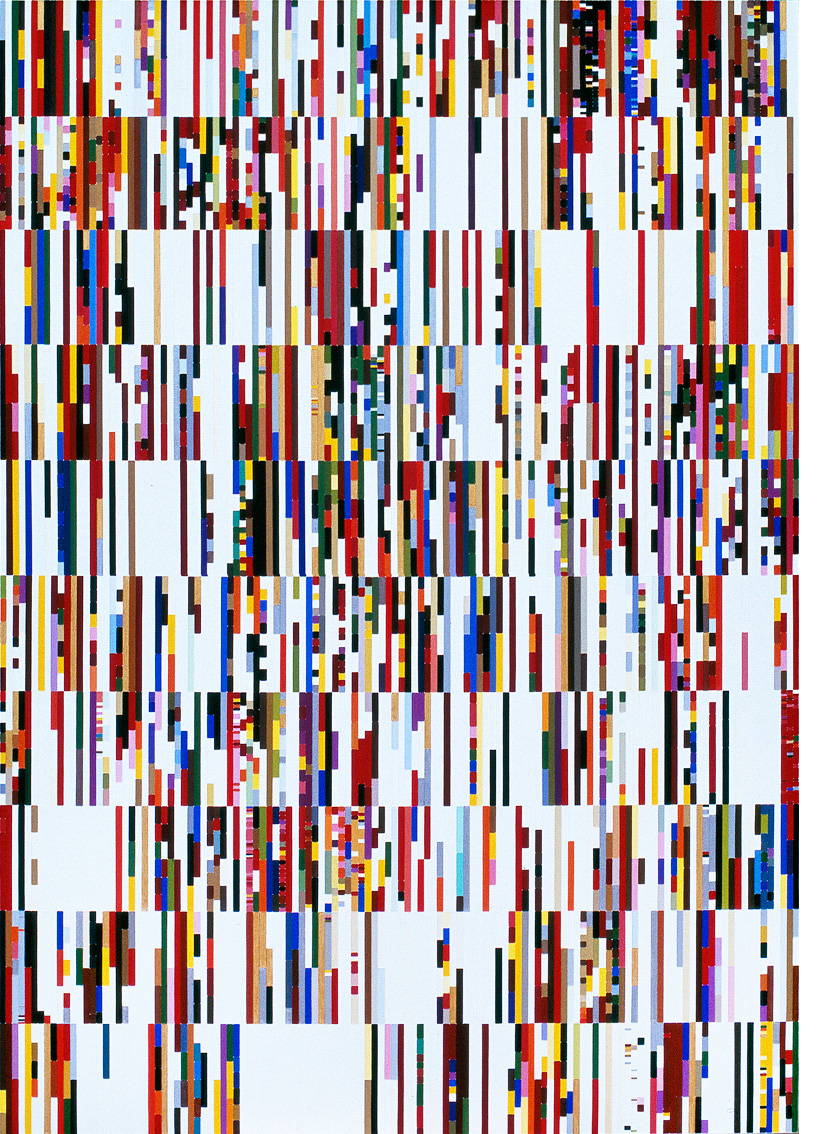Colour words and birds
We recently visited the National Library to check out their "Luminous world" exhibition. It was generally rather good, far above the standard of art one might expect from the company which developed the "Down, down" advertising campaign.I was particularly taken with the Lexical Spectrums of Siné Macpherson.
The interpretation of this image is described on the linked page and I won't interrupt my narrative by repeating it here.
I then wondered about adapting the technique to colour-words in bird names. I used a checklist of Australian bird names (I think sourced from Birdlife Australia). My process was as follows:
The interpretation of this image is described on the linked page and I won't interrupt my narrative by repeating it here.
I then wondered about adapting the technique to colour-words in bird names. I used a checklist of Australian bird names (I think sourced from Birdlife Australia). My process was as follows:
- I initially used the rainbow colours ROY G BIV plus White and Black as the basis for scoring but then found several uses of Pied so added that. How I defined those colours will be outlined below.
- Taking the names in taxonomic sequence I scored 1 for every 'colour-word' in the birds name. This means cases such as Yellow White-eye scored 1 for Yellow and 1 for White.
- I then added the scores for groups of families. Be patient, the groups will also be described below!
- As the numbers of species differed between groups (eg 14 for ratites to quail but 69 for Honeyeaters, with an average of 32) I expressed the scores as a proportion of the number of species in the group.
- Finally I used Excel to create a stacked bar chart, giving this image. More patience is needed to interpret this: just look at the pretty picture for now!
In that example no account was taken of the species within a group which had no colour words. Using a different form of stacked bar chart the total length of the stack was simply the sum of the proportions. Thus the group with a higher proportion of color words gets a longer bar.
Possibly this is more useful for analysis but doesn't look so pretty. In terms of art the first example is possibly more redolent of Rosalie Gascoigne (if road barriers came in colours other than yellow and black) than the Lexical Spectrums which inspired me.
To get away from the RG appearance I have a) removed the space between the bars and b) rotated the image through 90o! The difference is QI.
Rewarding your patience, and if you haven't been patient you haven't got this far, my final picture has some added text to name the colours and groups.
To get the full length of the bars, click on the image.
There are many words included in some groups and I have listed those I found most commonly (eg 'red' includes 'rufous'). The most tricky word was 'dusky' which could be included as a brown or a grey: I decided to go for brown.
I'm sure there is a PhD lurking somewhere in this but for the time being will just regard it as an amusing game and leave the head-scratching until later.








Comments
One score to cover 6 colours?
Denis
As always you cut to the chase, with a good question.
The answer is not necessarily good, but does have the advantage of following the KISS principle. I simply didn't include the word!
I will now reflect on that decision and either confirm it or revise my thoughts. It would at lleast give me 1 score for 'Indigo'
Martin
As always you cut to the chase, with a good question.
The answer is not necessarily good, but does have the advantage of following the KISS principle. I simply didn't include the word!
I will now reflect on that decision and either confirm it or revise my thoughts. It would at lleast give me 1 score for 'Indigo'
Martin
And, for the PhD, what, pray, might the Research Question be?
I have also received an email asking the same question. On reflection, the email didn't ask the question just made an assertion that this was the case.
David:
I presume you mean something other than "What can we spend this grant on?"
That being the case I'd suggest something like "What has been the influence of neo-colonialist adjectives on heritability of chromatic alleles in the Australo-papuan avifauna?"
I wish you good luck in finding a supervisor for that one!
Martin